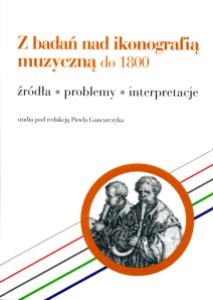Systematik der Musikinstrumente: Ein Versuch is 100 years old this year! This system of musical instrument classification, devised by Erich Moritz von Hornbostel and Curt Sachs, is still the most widely used by ethnomusicologists and organologists. It was issued in Zeitschrift für Ethnologie XLVI/4–5 [1914] pp. 553–590; the first pages of the system are shown above (click to enlarge).
The system is based on one devised in the late 19th century by Victor-Charles Mahillon, the curator of musical instruments at the Conservatoire Royal de Bruxelles/Koninklijk Conservatorium Brussel. Mahillon divided instruments into four broad categories according to the sound-producing material—air column, string, membrane, or the instrument’s body. For the most part, Mahillon’s system was limited to instruments used in Western classical music; Hornbostel and Sachs expanded Mahillon’s system to make it applicable to any instrument from any culture.
The Hornbostel– Sachs system is formally modeled on the Dewey Decimal Classification for libraries. It has five top-level classifications, with several levels below those, adding up to over 300 basic categories; it was updated in 2011 as part of the work of the MIMO Project – Musical Instrument Museums Online.
Below, perhaps the grooviest time you’ve ever had with instrument classification.






